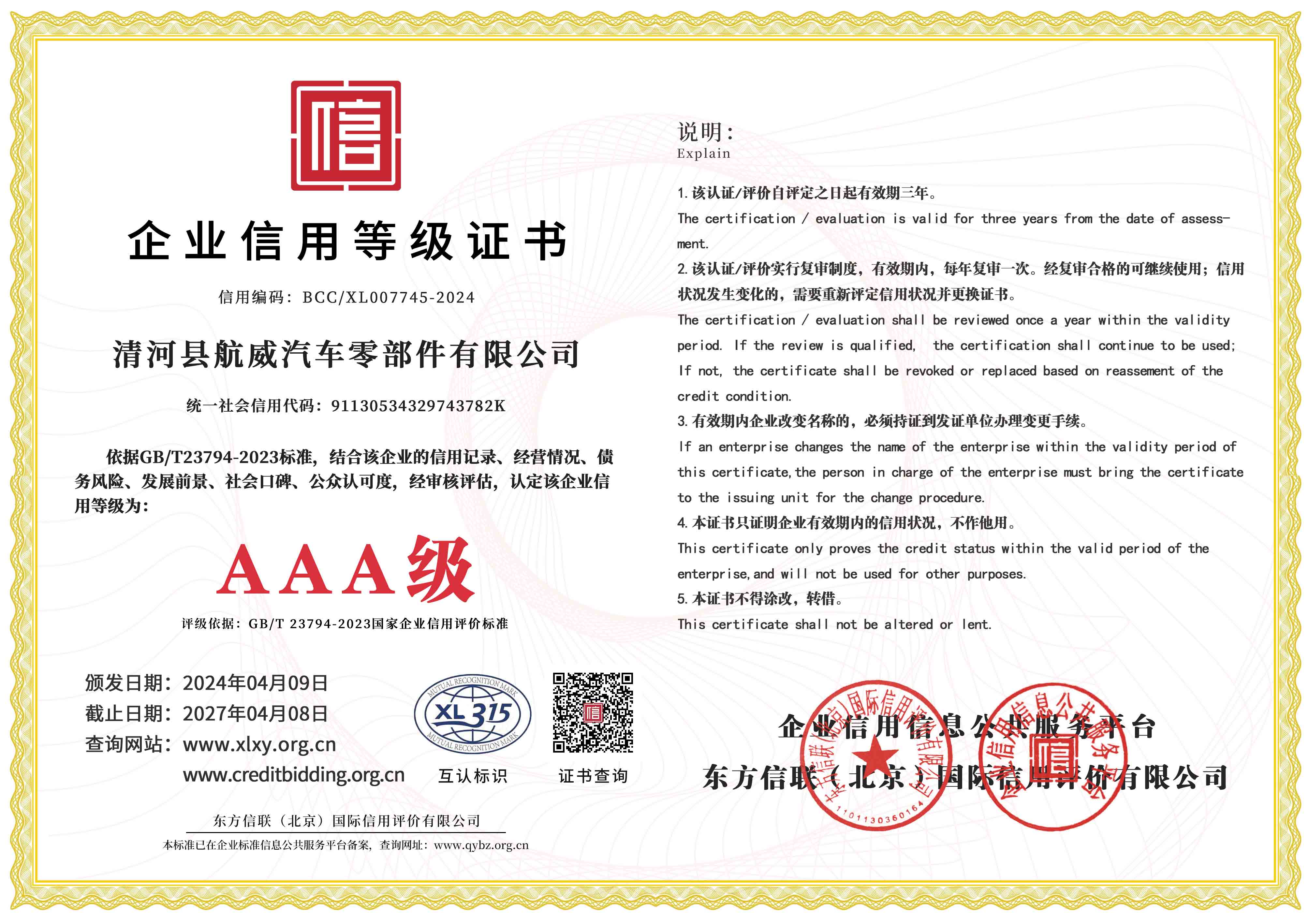clutch reservoir hose
Understanding the Importance of Clutch Reservoir Hoses
When it comes to vehicle maintenance, many car owners often overlook the significance of specific components that play a crucial role in the functioning of the vehicle's transmission system. One such component is the clutch reservoir hose. This seemingly minor part is responsible for connecting the clutch reservoir to the master cylinder, allowing for the proper functioning of the clutch hydraulic system. Understanding the clutch reservoir hose's purpose, construction, and maintenance can help ensure a vehicle operates efficiently and prolong its lifespan.
The Role of the Clutch Reservoir Hose
The clutch reservoir hose serves an essential function in the hydraulic clutch system. It is responsible for transporting hydraulic fluid from the reservoir to the master cylinder. This fluid is critical for disengaging the clutch when the driver presses the pedal. The hydraulic system offers several advantages over traditional mechanical linkages, including smoother operation and a more responsive feel, but it requires precise fluid management to function correctly. Any issues with the clutch reservoir hose can lead to insufficient hydraulic pressure, resulting in difficulty shifting gears or complete clutch failure.
Construction and Material
Typically, clutch reservoir hoses are made from high-quality rubber or other durable materials that can withstand the heat and pressure generated within the engine compartment. The materials used must have resistance to various chemicals, including brake fluid, which can cause deterioration if not appropriately handled. Additionally, the hose should be designed to withstand the vibrations and movements of the engine and transmission systems. A well-constructed clutch reservoir hose is vital to the reliability and safety of the vehicle.
clutch reservoir hose

Signs of Wear and Tear
Despite their durability, clutch reservoir hoses can develop wear and tear over time. Symptoms of a failing hose may include - Fluid Leaks One of the most evident signs of a problem is fluid leaking around the hose connections. If you notice a puddle of hydraulic fluid beneath your vehicle or observe wetness around the hose, it may be time to inspect and potentially replace the hose. - Soft or Cracked Hose Inspect the hose itself for any signs of brittleness, cracking, or excessive softness. These indicators suggest a loss of structural integrity, making failure likely. - Difficult Clutch Operation If the clutch pedal feels stiff or is not returning to its original position, the issue may stem from problems within the hydraulic system, including the reservoir hose.
Maintenance Tips
To ensure longevity and optimal performance of the clutch reservoir hose, regular maintenance is essential. Here are some tips - Regular Inspections Periodically check the hose for signs of wear, leaks, or damage. It’s best to perform these checks during routine maintenance. - Fluid Levels Ensure that the hydraulic fluid in the reservoir is at the appropriate level. Low fluid levels can impact the system's performance and lead to premature wear of the hose. - Professional Evaluations If you suspect a problem, it’s always wise to consult with a professional mechanic. They can provide a thorough assessment and replace any worn-out parts as needed.
In conclusion, the clutch reservoir hose may be a small component of the larger clutch system, but its importance cannot be overstated. By understanding its role and ensuring regular maintenance, vehicle owners can avoid costly repairs and ensure a smooth and safe driving experience.
-
Upgrade Your Vehicle with High-Quality Handbrake CablesNewsNov.01,2024
-
Optimize Your Bike's Performance with Quality CablesNewsNov.01,2024
-
Enhance Your Vehicle's Performance with Quality Clutch ComponentsNewsNov.01,2024
-
Elevate Your Vehicle's Performance with Quality Throttle CablesNewsNov.01,2024
-
Elevate Your Vehicle's Performance with Quality CablesNewsNov.01,2024
-
Affordable Solutions for Your Cable NeedsNewsNov.01,2024
